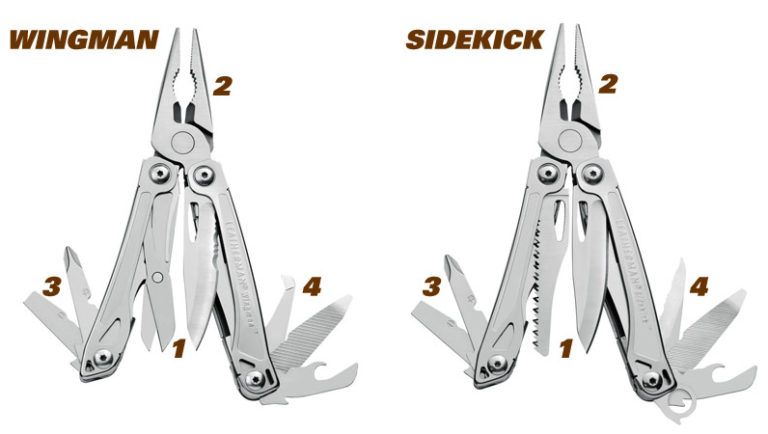

Overall, the Sidekick hits the mark on both accounts.

The other possible theme was the role of a backup multitool, one you could stash in a survival kit while you carried your primary multitool with you as an EDC. Parker the Sidekick was designed as an outdoors multitool, especially when compared to the more urbanized Wingman. Again, the only knock, and it is a small one, is the tiny bit of up and down blade play on the knife.Īccording to Mr. I am really surprised at just how nice everything is, I was expecting a few stiff pivots or burred tools, especially given the price, but there is nothing like that. The locks for the knife and saw work well.

Otherwise, all of the tools are well made, the handles are comfy, and everything is sufficiently beefy and solid. Okay there is a little blade play when the knife is deployed. It is not Skeletool-level inspired, but really good nonetheless.
Best price leatherman sidekick how to#
Parker did very well, especially when you consider that he did not pick the tools to be included, but instead took a list given to him by marketing and had to figure out how to include everything the test groups wanted. The tool was designed by an in-house engineer at Leatherman named Peter Parker. Of course, the externally accessible tools are always a plus, especially when they are your most frequently used tools (the knife and saw, in this case). The push through slots (see below) are a nice idea and do exactly what they are supposed to do. The curve of the handle is nice especially when the pliers are deployed. Unlike the Skeletool, however, this design is not a lightweight, coming in at 7 ounces. The overall look of the Sidekick is very reminiscent of the Wave/Charge series, with a few cues taken from the Skeletool (holes in the frame to lighten the weight, asymmetric handles, and the shape of the blade).


 0 kommentar(er)
0 kommentar(er)
